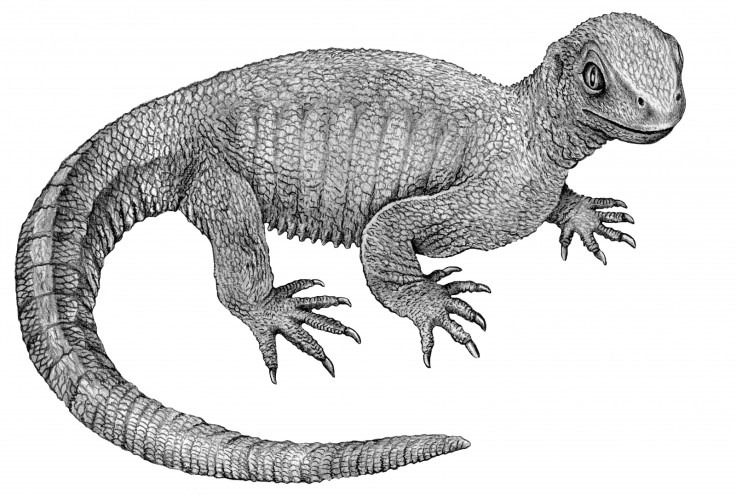New turtle fossils shed new light on evolution of its shell


The complete understanding of the evolution of the turtle and its tough protective shell has moved one step closer for scientists after the fossils of a previously unknown species were discovered.
The fossils, which are approximately 240 million years old, give researchers a better insight into the origin of its tough exterior.
The turtle, which has been named Pappochelys, from the Greek for 'grandfather' and 'turtle' and would have been just 20cm long, would not have had an exterior shell but would have had broad T-section ribs, which is typical of the modern-day reptile, and a wall of hard bones on the inside of its belly.
Rainer Schoch and Hans Dieter-Sues, from the State Museum of Natural History in Stuttgart, believe that it was an important stepping stone in the evolutionary lineage from pre-historic to modern-day turtles and tortoises, according to the paper which was published in Nature.
They add that the shape of its skull lends support to the notion that turtles are more closely related to lepidosaurs (lizards and snakes with overlapping scales) than to archosaurs (dinosaurs and birds).
The scarcity of turtle fossils has made it difficult for scientists to chart their evolutionary history.
Experts believe the Pappochelys stage came before the Odontochelys from China, which roamed the earth 220 million years ago and had a partly formed shell, and was followed by the Proganochelys, which lived in Germany and Thailand around 210 million years ago.

© Copyright IBTimes 2025. All rights reserved.






















